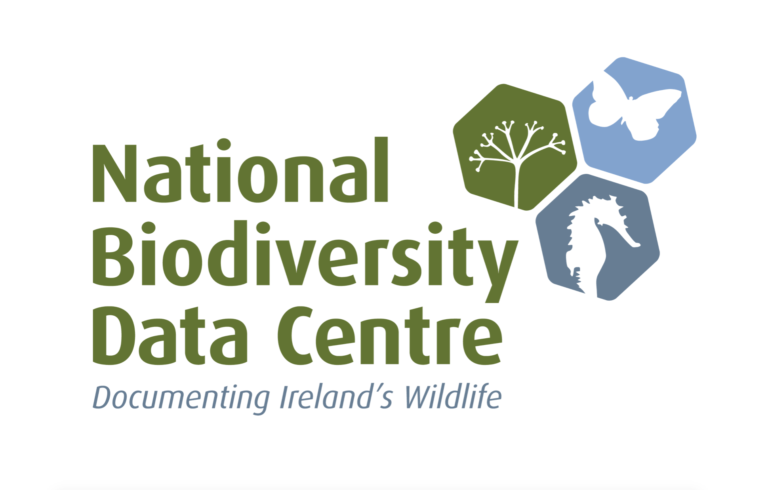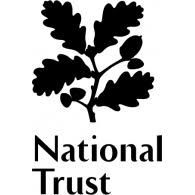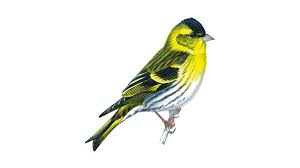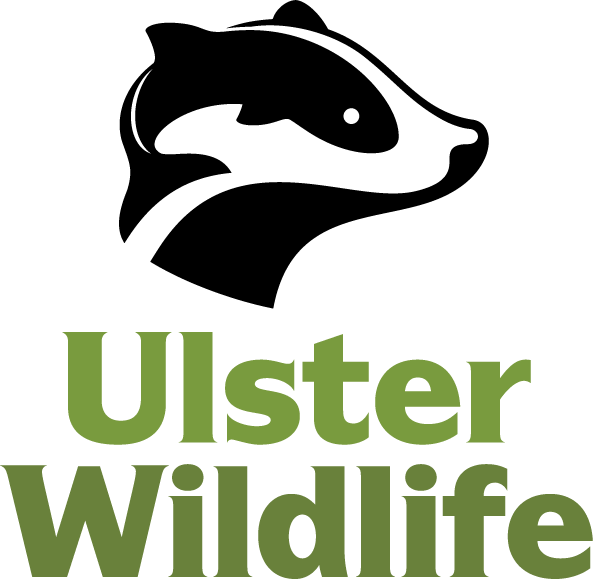Project Description
Environmental ancient DNA can be used to reconstruct past biodiversity (Parducci 2019). DNA can be extracted from various contexts, including naturally accumulated peat and lake sediments (Giguet-Covex et al. 2014, Parducci 2019), cave sediments and stalagmites (Slon et al. 2017, Stahlschmidt et al. 2019), and even archaeological sites and the natural environments surrounding those sites (Hebsgaard 2009, Giguet-Covex et al. 2014). Ancient environmental DNA can provide insights into past biodiversity and human land use even in the absence of other environmental proxies like pollen and macrofossils (Hebsgaard et al. 2009, Slon et al. 2017, Stahlschmidt et al. 2019).
The main aim of this project is to explore past biodiversity in North-eastern Scotland using metabarcode (e.g., 12S) and metagenomic sequencing of ancient DNA extracted from lake sediments and peat bogs, with special emphasis on the period spanning the 5th to 11th centuries AD (also known as the ‘Dark Ages’). This encompass the Pictish period, which is an emerging research theme in archaeology and paleoenvironmental studies, especially since written historical sources are scarce. The study aligns with ongoing palynological and palaeolimnological research and will provide new insights to the relative abundance of wild and domestic fauna (and possibly floral diversity) across time. This will enable reconstruction of human land-use and long-term impact on native fauna and flora. A second major aim is to test and further develop novel methods for enriching metagenomic sequencing libraries.
The study sites will be decided by the student in consultation with the supervisory team, but we envision that the project will generate data from at least five sites. But they will have the option of accessing cores from archaeological sites anticipated to be analysed for pollen as part of ongoing research projects (e.g., the Leverhulme funded project ‘Coming into the Light: exploring the Dark Age environments of northern Britain’, which is led by Dr Tim Mighall and Dr Samantha Jones in the Department of Geography at the University of Aberdeen), including peat and lake sediment core samples taken near Cluine and Dummiefarline, which are fortified settlements linked to groups native to Scotland (i.e., the Picts). The student is expected to participate in field work (e.g., coring) where possible.
The project offers comprehensive training in state-of-the-art ancient DNA methods and pollen analysis. Where applicable, the student will also be trained in analysing tephrochronology and radiocarbon dating. We also envision that the successful candidate will partake in fieldwork (coring, surveying) where possible.
Pictish archaeology is a key and emerging research theme in the Department of Archaeology at the University of Aberdeen. Ongoing research includes large-scale excavations of Pictish hillforts and settlements, ancient genomics to reveal Pictish genetic ancestry, stable isotope analysis to understand diet and mobility of both humans and domestic animals, and osteological analysis of faunal remains. This project will enhance our understanding of the Pictish period by providing insights to changes over time in land use, as well as their long-term impact on native fauna and flora.
CANDIDATE BACKGROUND
The successful applicant should possess basic skills in DNA analysis, including experience with DNA extraction, PCR amplification, and the analysis of DNA sequence data. Preference will be given to applicants who can demonstrate proficiency in metabarcode (e.g., 16S or 12S) analysis.
Image: University of Aberdeen Image Bank
Supervisors
Linus Girdland FlinkPrimary Supervisor: | Profile: Linus Girdland Flink Email: linus.girdlandflink@abdn.ac.uk Institution: University of Aberdeen Department/School: School of Geosciences |
Gill PlunkettSecondary Supervisor: | Profile: Gill Plunkett Email: g.plunkett@qub.ac.uk Institution: Queen's University, Belfast Department/School: School of Natural and Built Environment |
Tim MighallAdditional Supervisor: | Profile: Tim Mighall Email: t.mighall@abdn.ac.uk Institution: University of Aberdeen Department/School: School of Geosciences |
Additional Supervisor: | Dr Samantha Jones, University of Aberdeen, School of Geosciences, Department of Archaeology & Geography |
QUADRAT Themes
- biodiversity






















































